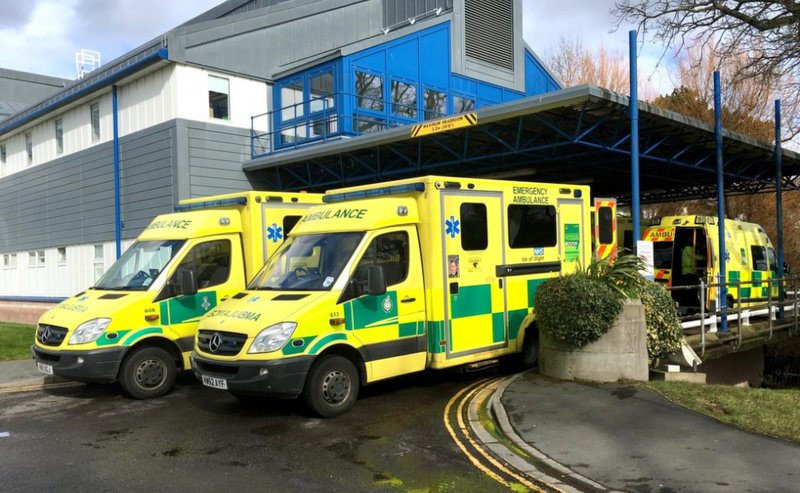
EXCLUSIVE: Ambulances on the Isle of Wight failed to meet response time targets for the second month running.
However, in the majority of cases, responses on the Island were quicker than the national average.
Figures for July show Islanders were left waiting 30 minutes for an ambulance, for the likes of strokes, epilepsy and burns (category 2). That is well below the national average of 59 minutes and seven seconds, but above the national target of 18 minutes.
It is also up from June — when it was 27 minutes and 52 seconds.
For life-threatening illnesses or injuries (category 1), Island ambulances took an average 12 minutes and nine seconds to arrive. That is above the national average of nine minutes and 35 seconds.
Again, that figure has risen when compared to June, when it was 10 minutes and 46 seconds.
The target is seven minutes.
The Isle of Wight NHS Trust said July has been its busiest month of the year so far.
A spokesperson said the service has seen considerable investment, and more is set to come:
"The Isle of Wight NHS Trust has benefited from major investments and improvements in our ambulance service over the past two years.
"Although we did not meet the national target response times and July has been the busiest month of the year so far, the majority of our response times are better than the national average."
For calls classed as 'urgent', for example late stages of labour, non-severe burns and diabetes, the average waiting time on the Island was one hour, 17 minutes and six seconds — up from one hour, 14 minutes and 44 seconds in June.
Nationally, the average was three hours, 17 minutes and six seconds.
The Isle of Wight NHS Trust added:
"We continue to invest further in our ambulance service and this month work has started on a new extension to the existing ambulance station on site at St Mary’s Hospital. We are also recruiting across all of our services including patient transport, call handlers and specialist paramedics."

 Plans To Use Five Shanklin Homes For Parenting Courses Provoke Outcry
Plans To Use Five Shanklin Homes For Parenting Courses Provoke Outcry
 Conference On Supporting Vulnerable Children To Be Held In Newport Next Month
Conference On Supporting Vulnerable Children To Be Held In Newport Next Month
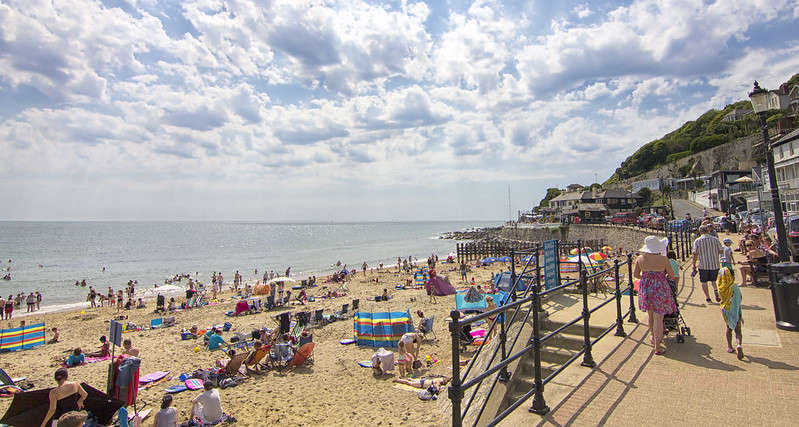 Ventnor Town Council Could Scrap "Vital" Beach Safety Project
Ventnor Town Council Could Scrap "Vital" Beach Safety Project
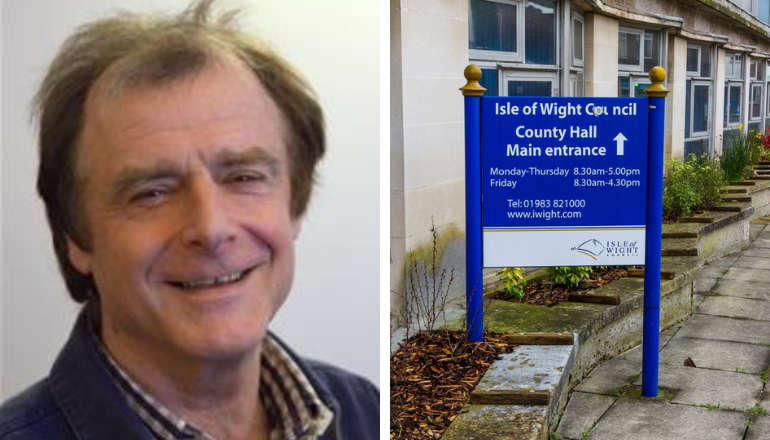 What Is Devolution... And What Happens Now?
What Is Devolution... And What Happens Now?
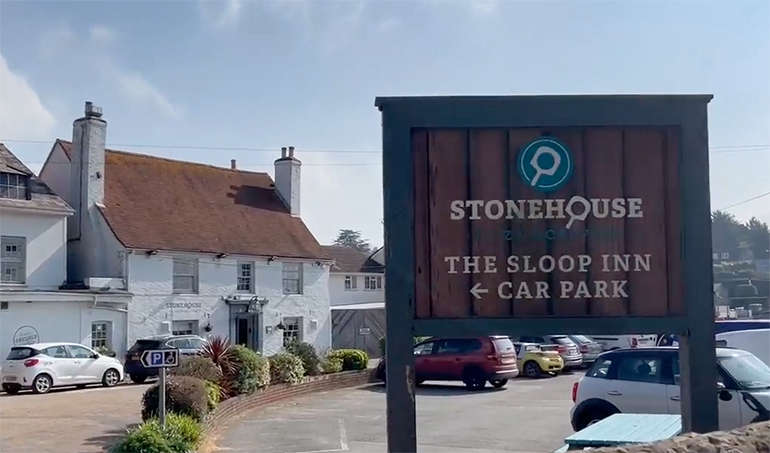 Sloop Inn Works Scheme And Name Change Shelved After Parish Council Opposition
Sloop Inn Works Scheme And Name Change Shelved After Parish Council Opposition
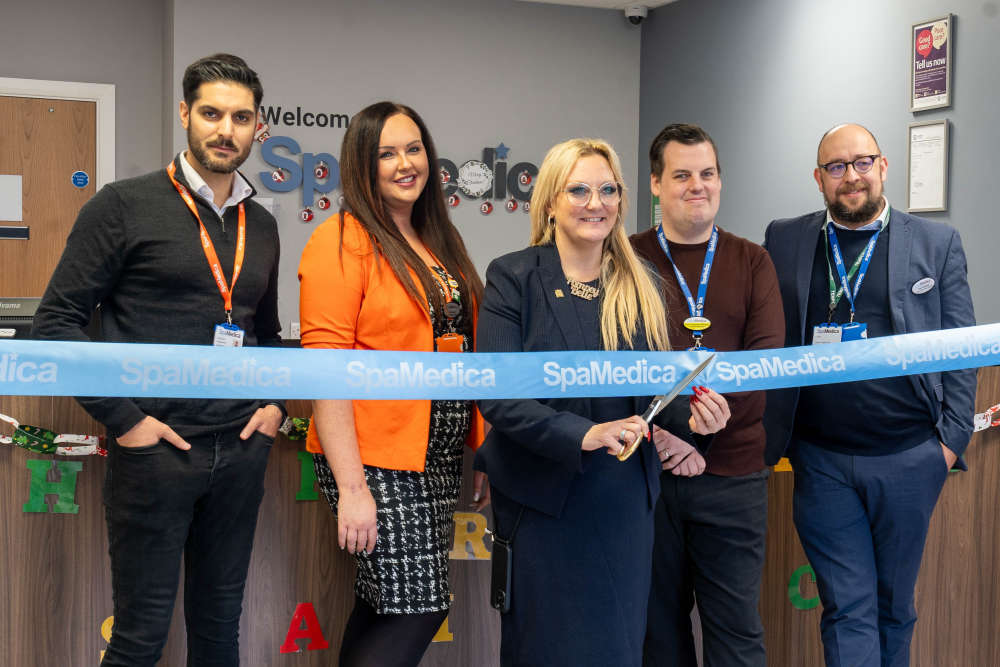 SpaMedica: UK Leading NHS Cataract Surgery Opens Diagnostic Clinic On Isle Of Wight
SpaMedica: UK Leading NHS Cataract Surgery Opens Diagnostic Clinic On Isle Of Wight
 Island MPs' Gaping Devolution Divide Shows No Sign Of Narrowing
Island MPs' Gaping Devolution Divide Shows No Sign Of Narrowing
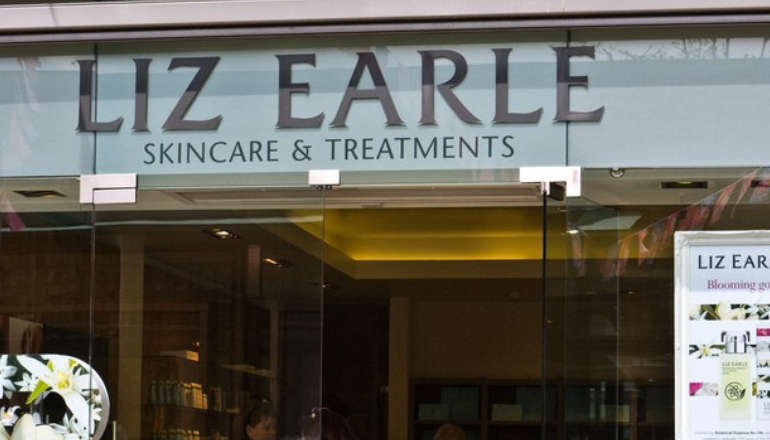 Liz Earle Head Office In Ryde Set For Closure With Staff Set To Face Redundancy
Liz Earle Head Office In Ryde Set For Closure With Staff Set To Face Redundancy
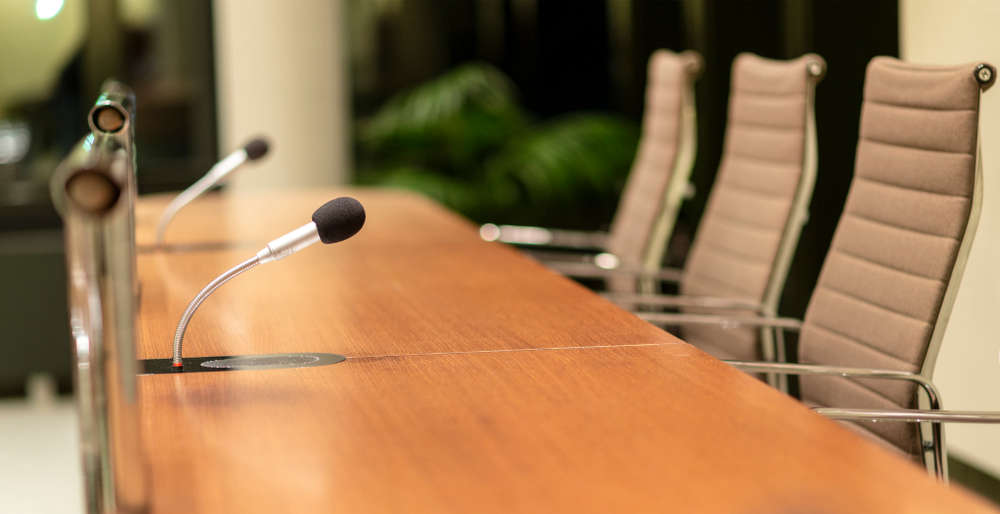 "Local Control Of Key Decisions": Council Leader Defends Controversial Devolution Plans
"Local Control Of Key Decisions": Council Leader Defends Controversial Devolution Plans
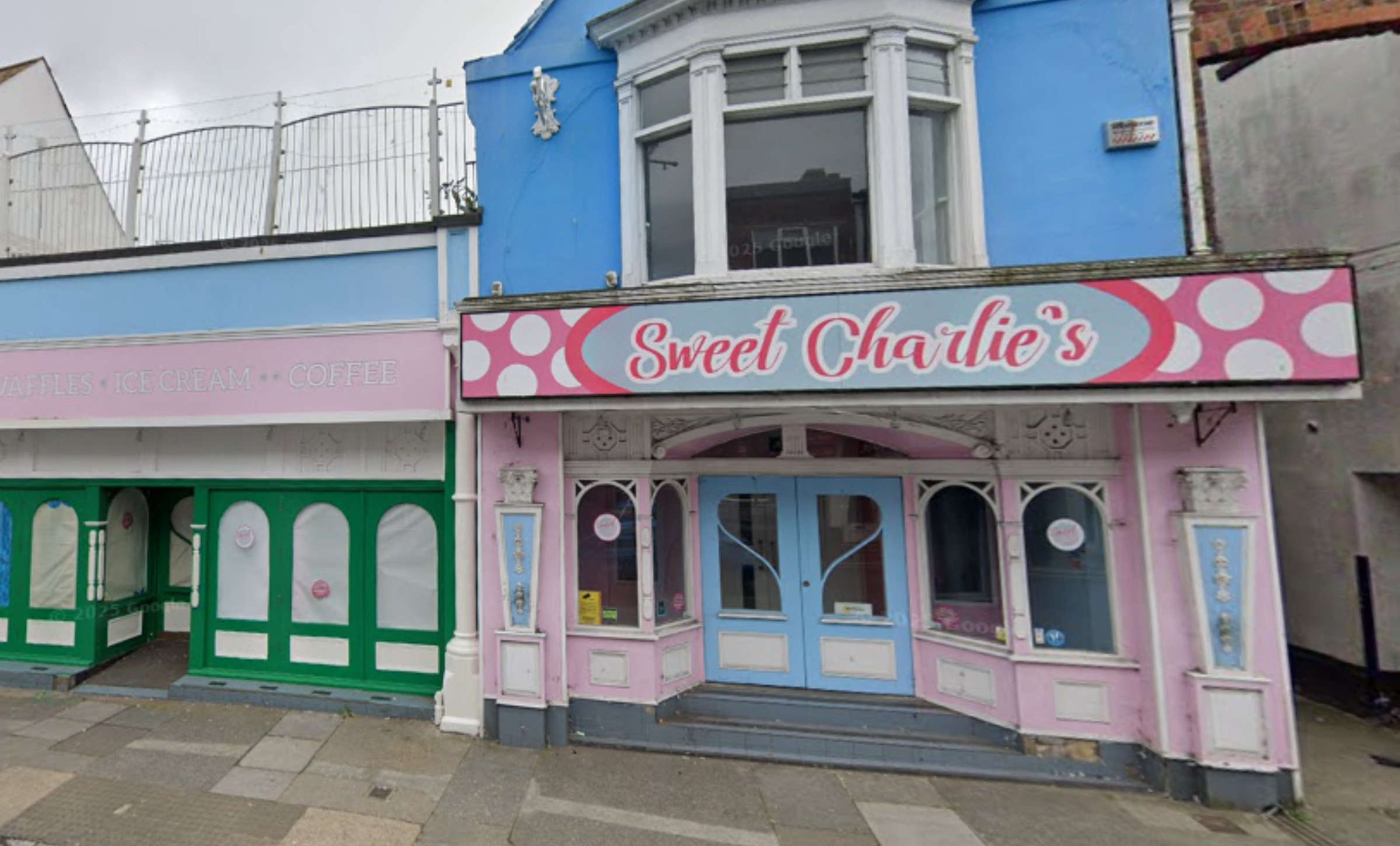 Three 'Affordable' New Flats Could Be Built On First Floor Of Former Dessert Shop
Three 'Affordable' New Flats Could Be Built On First Floor Of Former Dessert Shop
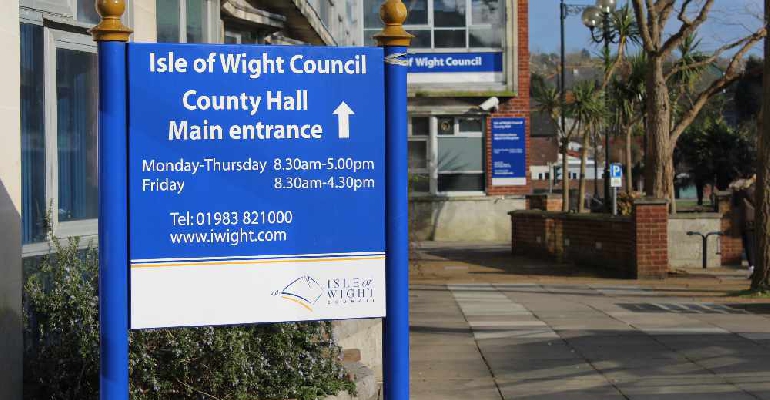 Isle Of Wight Council Unveils 2025/26 Budget With Five Per Cent Council Tax Rise In The Pipeline
Isle Of Wight Council Unveils 2025/26 Budget With Five Per Cent Council Tax Rise In The Pipeline
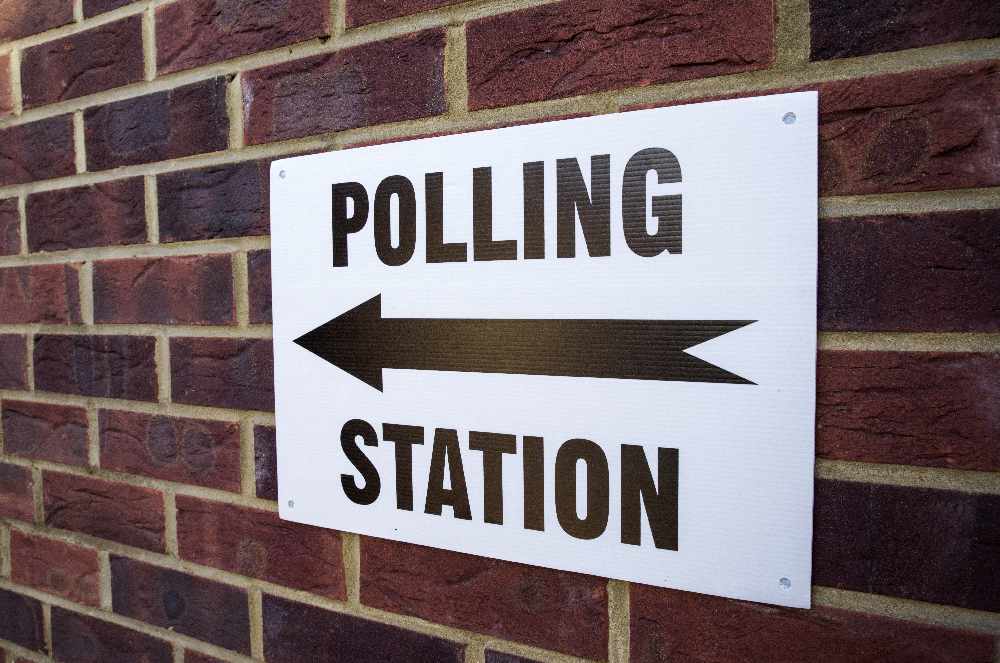 Isle Of Wight Elections To Be Delayed Until May 2026
Isle Of Wight Elections To Be Delayed Until May 2026
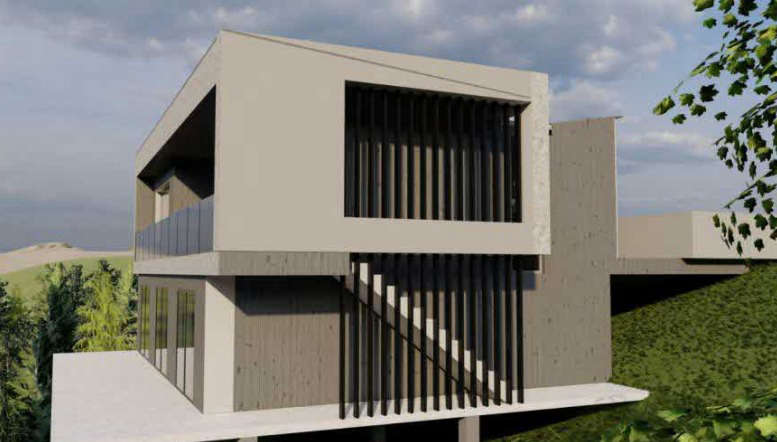 Three-Bed House Could Be Built Within Grounds Of Neglected Ventnor Hotel
Three-Bed House Could Be Built Within Grounds Of Neglected Ventnor Hotel
 Warning Issued Over Smart Pass Scam
Warning Issued Over Smart Pass Scam
 National Lottery Heritage Fund awards Naturezones Wildlife Education Trust £72,400
National Lottery Heritage Fund awards Naturezones Wildlife Education Trust £72,400
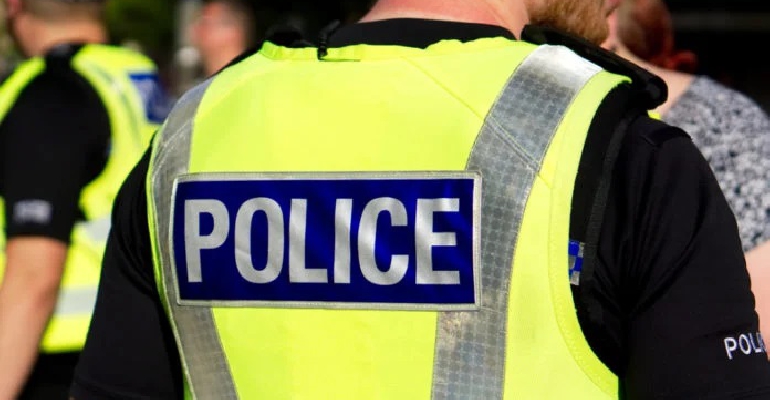 Man Charged As Part Of Child Sex Offence Investigation On The Isle Of Wight
Man Charged As Part Of Child Sex Offence Investigation On The Isle Of Wight
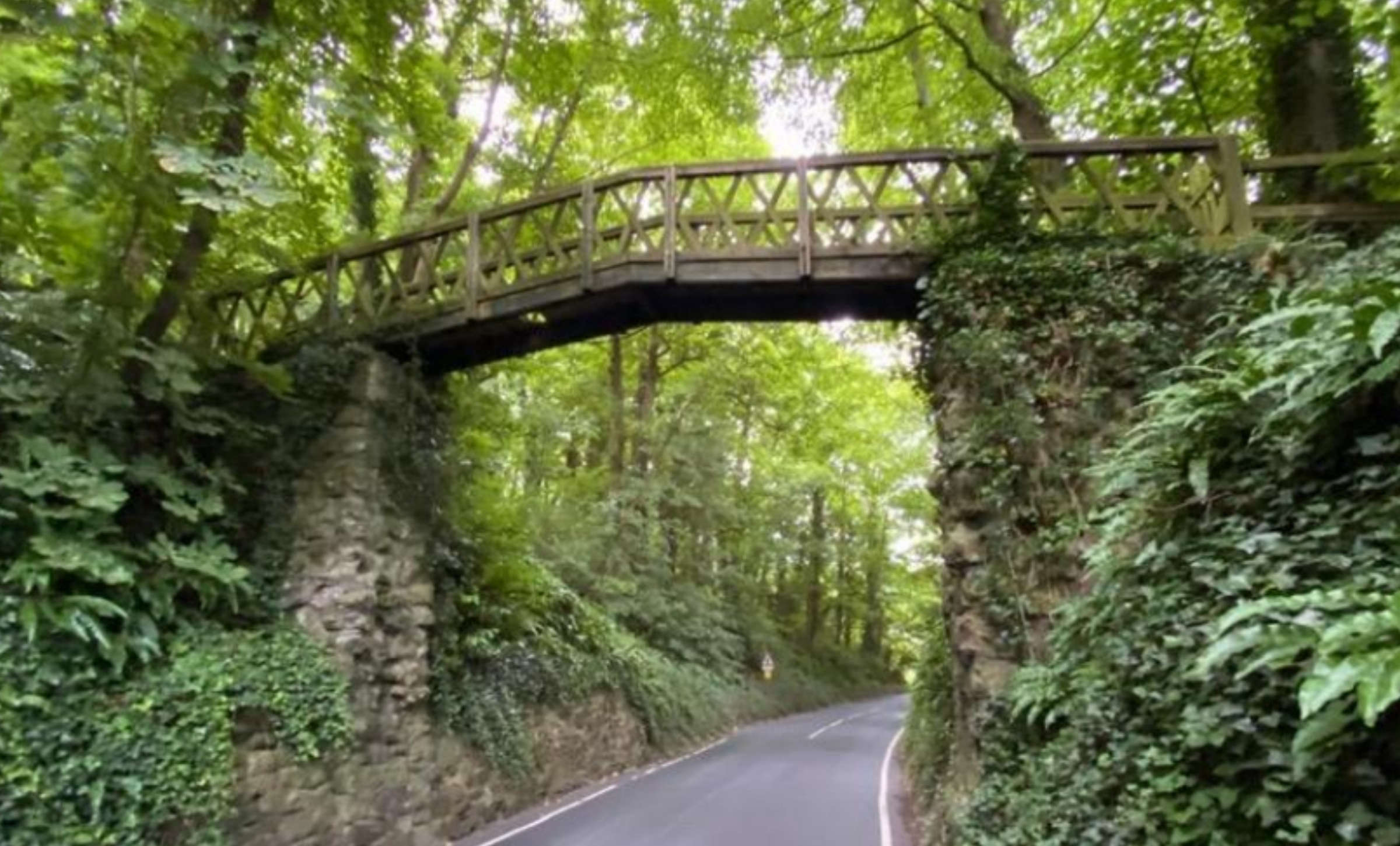 Iconic Isle Of Wight Footbridge To Be Replaced
Iconic Isle Of Wight Footbridge To Be Replaced
 Southern Water Gurnard Works Underway To Make Roads Greener And Reduce Storm Overflows
Southern Water Gurnard Works Underway To Make Roads Greener And Reduce Storm Overflows
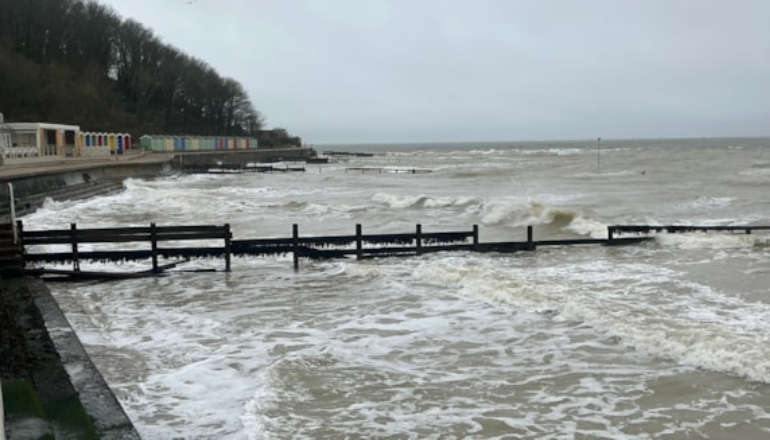 Groyne Surgery Announced For Lake And Colwell Bay
Groyne Surgery Announced For Lake And Colwell Bay
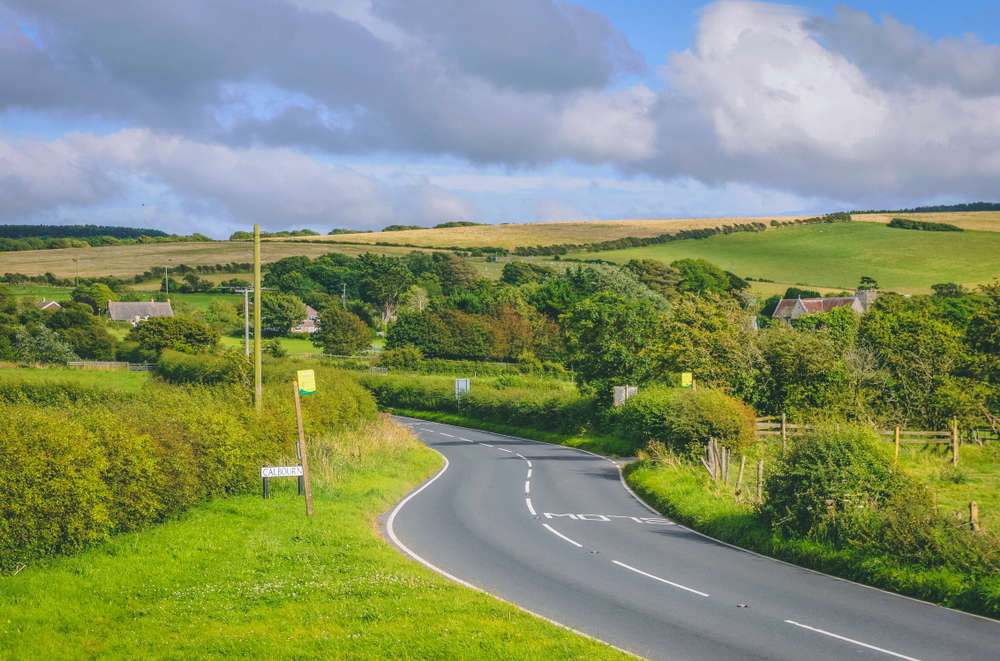 Camp Site Could Be Transformed Into 'High End' Glamping Accommodation
Camp Site Could Be Transformed Into 'High End' Glamping Accommodation


